The HiMedia Q10 Pro is a new Android TV box interestingly powered by the quadcore Hisilicon Hi3798C V200 SoC, feautures a 3.5″ HDD slot and runs Android 5.1.1.
I want to say thanks to Himedia for sending me a sample to review.
Check Price at AmazonHimedia Q10 Pro Technical Specifications
[aps_product_specs id=”6366″]
What’s in the Box?
Inside the box, you’ll get:
- Q10 Pro Android TV box
- Power Adapter
- Learning IR Remote
- HDMI Cable
- English Instruction Manual
Himedia Q10 Pro Impressions
Unboxing the Himedia Q10 Pro, I was surprised at the unit’s MASSIVE size. I’ve seen a number of chunky Android TV boxes but this is a beast at 226x180x50mm. I’d probably put it on par with a Playstation 4 in terms of size.
The Q10 Pro definitely puts its large frame to good use. The front panel features a large LED display and a set of touch controls plus the power button.
The right side has the open button to access the 3.5″ internal SATA bay. Sliding the release switch allows you to pop open the whole top of the case and reveal the 3.5″ HDD bay.
Jumping over to the left, you’ve got a USB 3.0 port, 2 USB 2.0 ports and an SD card slot.
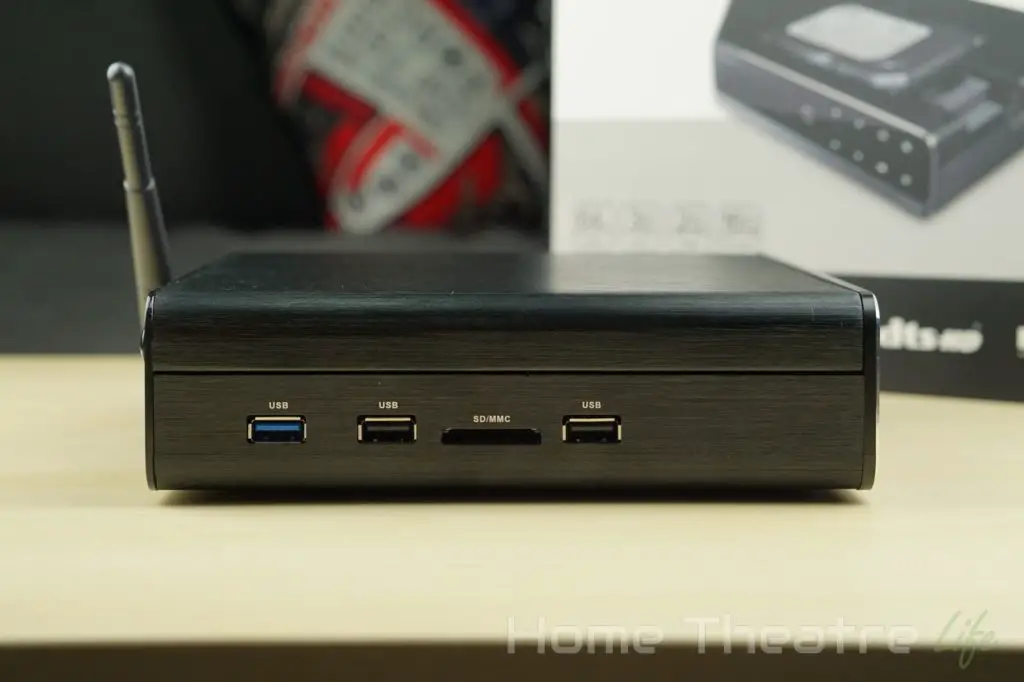
The included remote is pretty nice too. It’s got a full suite of controls, a mouse mode and several buttons that can be learned from other IR remotes so you can control your TV from the Q10 Pro’s remote which is nice.
Booting up the unit takes around 25 seconds with a keyboard and mouse connected. Standby unfortunately doesn’t seem to be supported so you’ll have to leave it idle or power it up every time.
The Android launcher is essentially identical to that seen on the Himedia Q10, with its bright multicolored tiles and comprehensive skinning for everything including the Settings.
There’s a few preinstalled apps, including Facebook, Skype, Kodi 15.2 and Happy Cast for AirPlay support. You can also use the device as a fileserver using the built-in Samba server too which is nice. Google Play works as expected. The box isn’t rooted out of the box.
The Hisilicon Hi3798C V200 handles Android well and I didn’t experience any slowdowns at all.
A quick media test with the latest Kodi 16.1 from the Google Play store (it automatically updated when I logged into my Google account) saw both my 1080p H.264 and H.265 samples play back perfectly.
Automatic framerate switching is supported but you’ll need to set up Kodi to use Himedia’s internal player as it doesn’t work using Kodi’s native player. Thankfully, there’s a Himedia Wrapper APK that can do the config for you.
Video streaming via wifi seems to be good. My 4K H.264 videos streamed from my NFS share without any buffering so networking performance seems respectable at this stage.
The Hisilicon Hi3798C V200 comes with a Mali-T720 GPU so I expected decent gaming performance and the Himedia Q10 Pro performed well. Beach Buggy Racing played back perfectly at maximum settings whilst maintaining a fairly solid 30fps.
In terms of benchmarks, the Himedia Q10 Pro scored 37326 on Antutu 6.0.4 whilst it scored 687 and 2187 on GeekBench 3’s Single and Multi-Core tests respectively.
Verdict So Far
I’m impressed with the Himedia Q10 Pro so far. Though its massive frame may not be for everyone, its performance seems to be solid at this stage and the 3.5″ bay is a massive plus for those wanting to store all their media in one place.
Getting One
The Himedia Q10 Pro is available from Amazon, Aliexpress, W2Comp and eBay.
Check Price at Amazon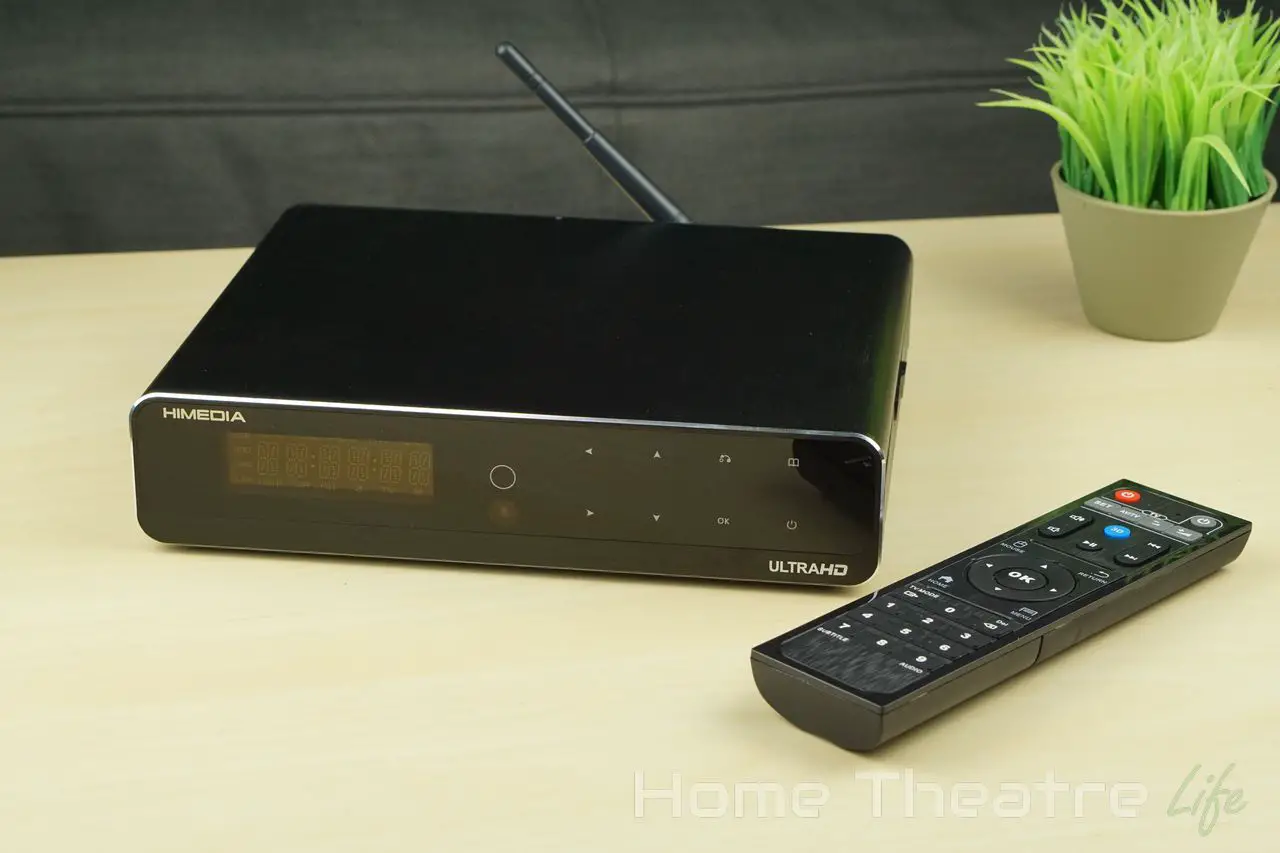
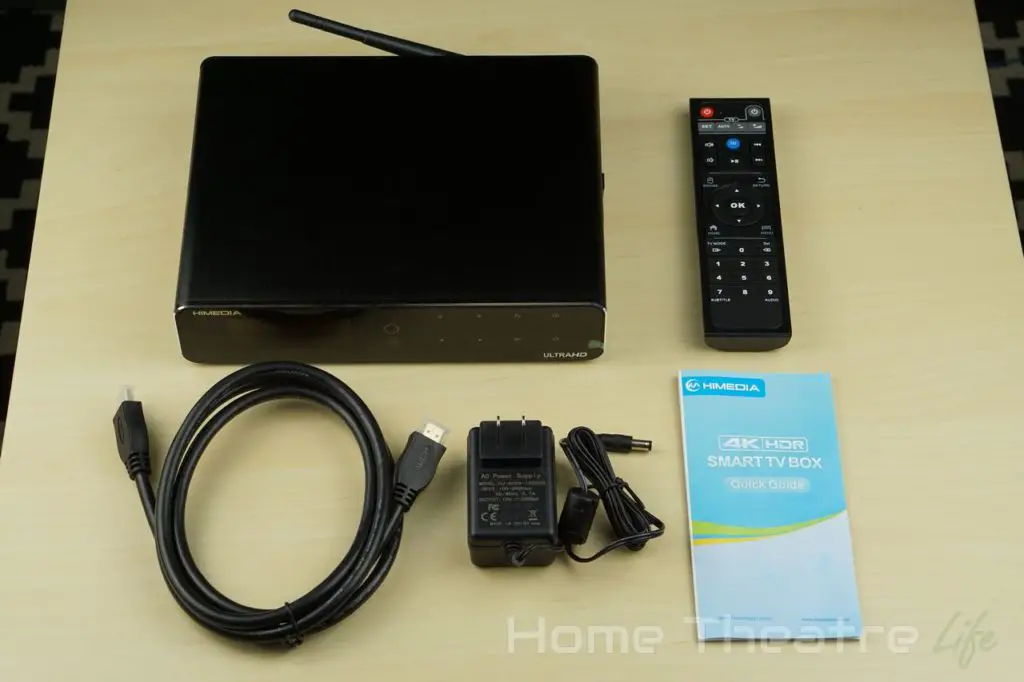
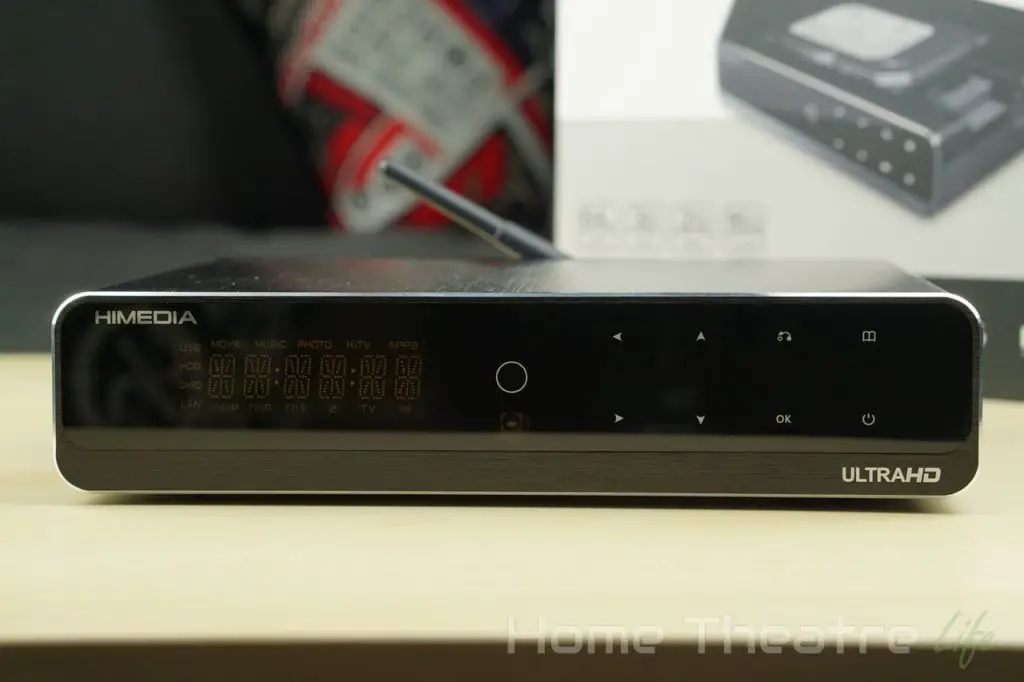
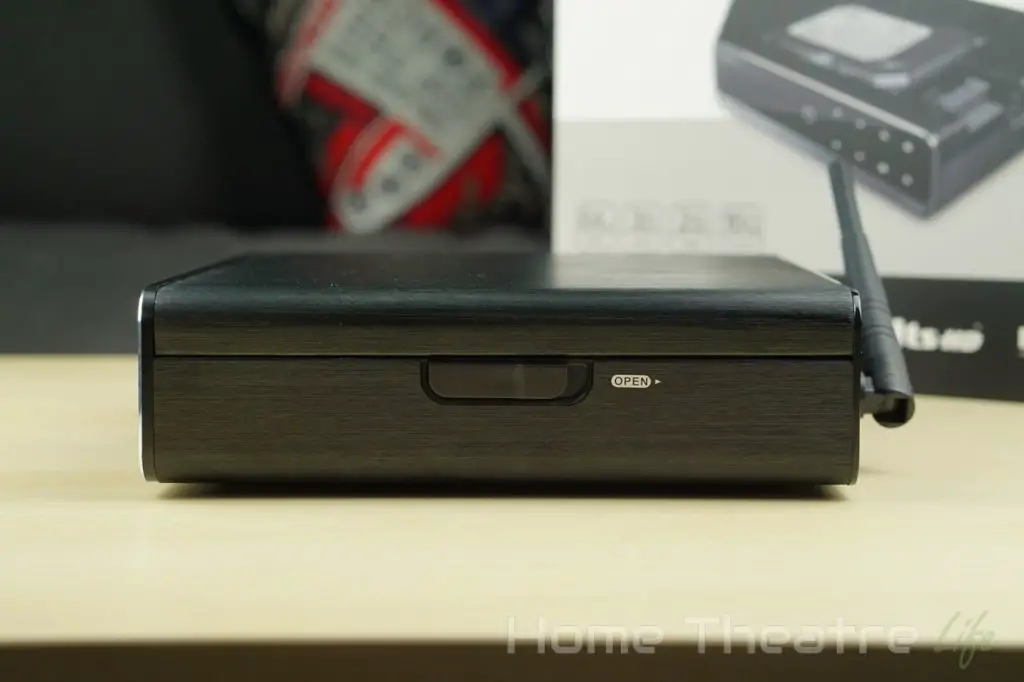
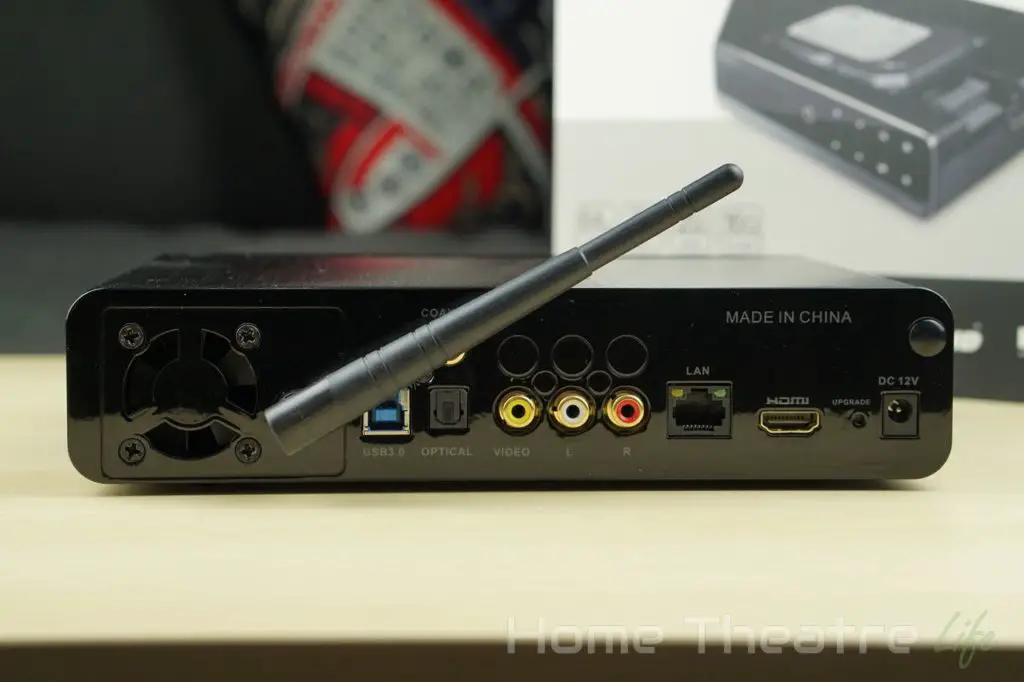
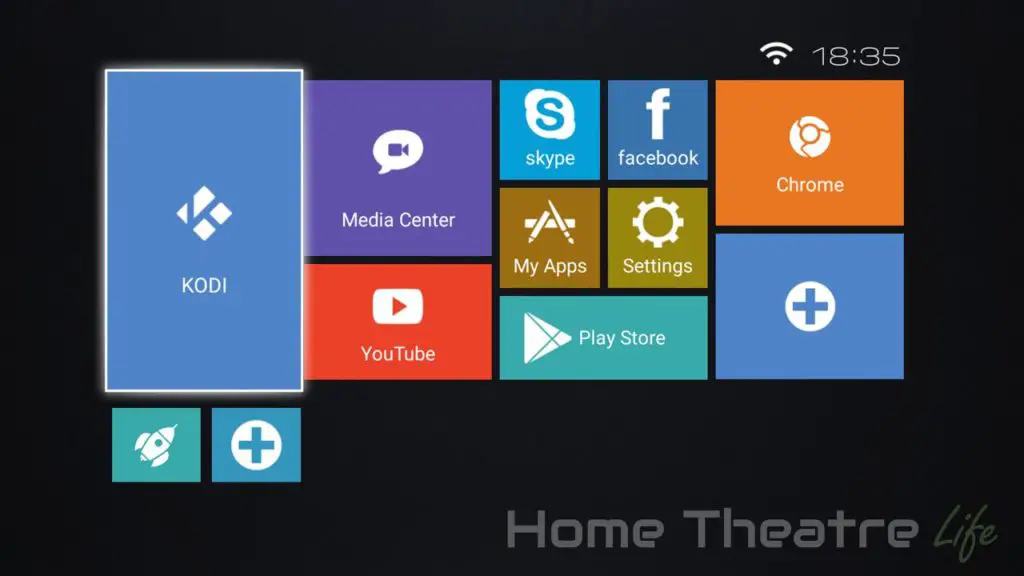
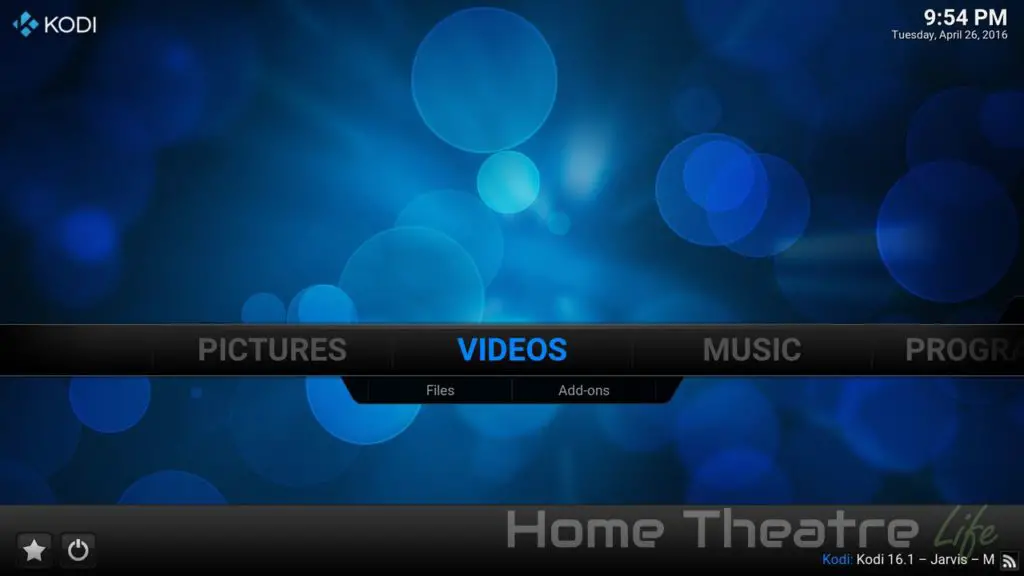


i cant reach my installed 6Tb intern HDD? about himediaq10pro
how to install mouse??
Hi Dragos, just plug in it to one of the USB ports.